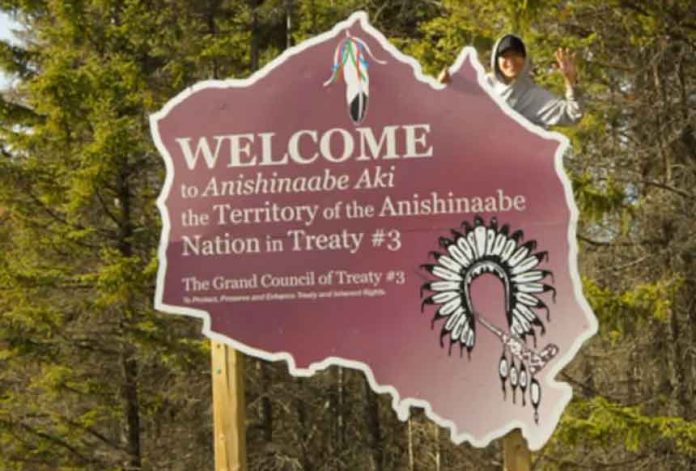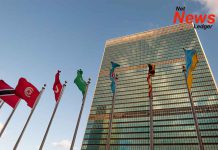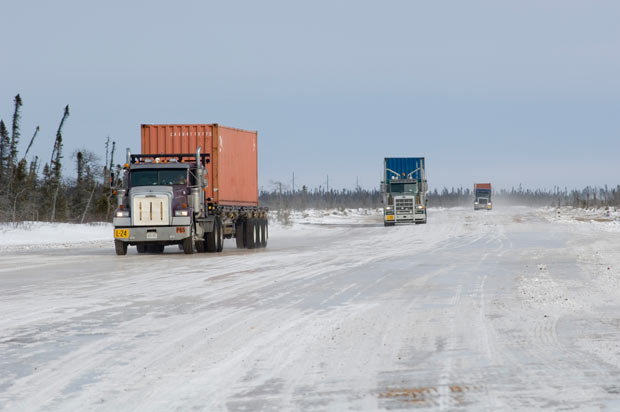The digital landscape in Northwestern Ontario is undergoing a monumental transformation as four Treaty #3 First Nations communities welcome the advent of high-speed fibre optic broadband internet. This development is part of the ambitious Dibaajimowin Project, a collaborative effort aimed at bridging the digital divide for First Nations within the Treaty #3 territory. The initiative underscores a significant partnership between the Anishinaabe Nation of Treaty #3, Grand Council Treaty #3, Bell Canada, and both the provincial and federal governments, marking a pivotal step towards digital empowerment and connectivity for the communities of Naicatchewenin First Nation, Wauzhushk Onigum Nation, Couchiching First Nation, and Wabauskang First Nation.
Ogichidaa Francis Kavanaugh, a key figure in the project, shared his enthusiasm for the milestone, stating, “The release of high-speed fibre optic broadband to the first four First Nations in Treaty #3 reflects the shared commitment between the Anishinaabe Nation of Treaty #3 and funding partners to empowering the Anishinaabe people to thrive within a digital landscape.”
Adding a local perspective, Chief Skead of Wauzhushk Onigum Nation highlighted the transformative impact of the project on his community: “The introduction of high-speed fibre optic is a transformative milestone for our community, unlocking new opportunities and fostering greater connectivity for our Nation.”
The Dibaajimowin Project, fueled by significant funding commitments totaling $49.2 million from the Government of Ontario and Innovation, Science and Economic Development Canada, aims to extend high-speed internet access to an additional 17 First Nations and 13 non-Indigenous communities in the Treaty #3 Territory by the end of 2025. This endeavor not only promises to enhance educational and economic opportunities but also to improve access to health services through digital and telemedicine platforms, thereby leveling the playing field for these communities.
Partnerships play a crucial role in the success of this initiative. Dejan Mancic, VP Wireline Access at Bell, expressed pride in their collaboration: “Bell is very pleased to bring fibre broadband connectivity to residents and businesses… We’re proud of our partnership with Grand Council Treaty #3 and the federal and provincial governments to expand access to high-speed internet in Treaty #3 First Nations.”
Highlighting the government’s role, The Honourable Gudie Hutchings and The Honourable Kinga Surma emphasized the essential nature of internet connectivity in today’s society and the government’s commitment to ensuring access across Canada and specifically in Indigenous communities.
Minister Surma states, “The Ontario government is bringing access to reliable high-speed internet to every community across the province by the end of 2025. Our government is proud to announce that Naicatchewenin First Nation, Wauzhushk Onigum Nation, Couchiching First Nation and Wabauskang First Nation will now have access to reliable high-speed internet to learn, work, access important health care services, and stay connected with friends and loved ones.
This is part of an investment that will bring high-speed internet access to 3,800 households in the Treaty #3 Territory, of which more than 2,300 are Indigenous.”
Jeff Wiume, Chair of the Rainy River Future Development Corporation, also voiced support for the project, underscoring the collective effort to provide fibre optic services to GCT3 First Nations and adjacent communities, paving the way for a future where digital connectivity is a cornerstone of community development and prosperity.
“In today’s world, we all know that the internet is no longer a luxury—it’s an essential tool to access education, health care, and grow a business. That’s why the Government of Canada has made a historic commitment to connect 98% of Canadians to high-speed Internet by 2026. This investment will increase access to good quality Internet for over 3,800 households in Treaty #3 Territory, of which more than 2,300 are Indigenous,” said the Honourable Gudie Hutchings, Minister of Rural Economic Development and Minister responsible for the Atlantic Canada Opportunities Agency.
The Dibaajimowin Project stands as a beacon of progress, symbolizing the power of partnership and the unwavering commitment to ensuring that the Anishinaabe people and their neighbors are not left behind in the digital age. As these communities embark on this journey, the path laid by the Dibaajimowin Project offers a blueprint for other regions striving towards digital inclusivity and economic resilience.







